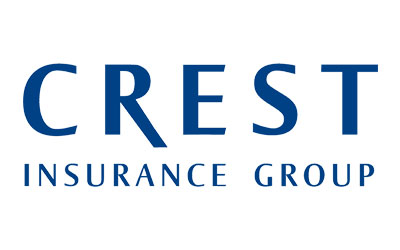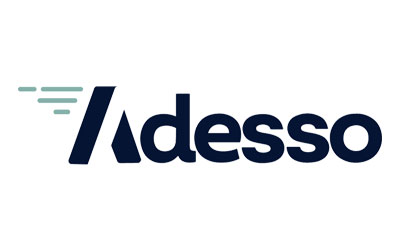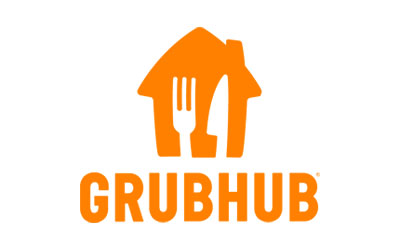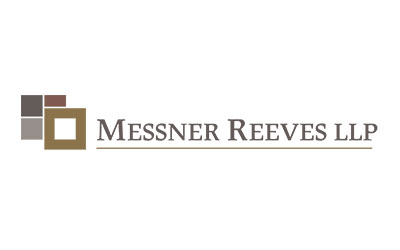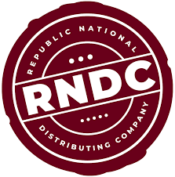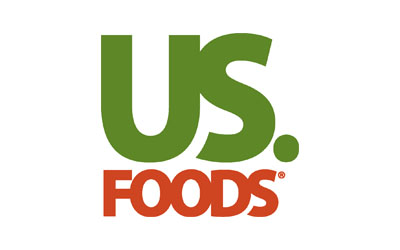Sponsored by our partners at Society Insurance
Warm weather can be ripe for disaster – the tornado season runs through June, the hail season runs from now until September, and summer storms bring the potential for damaging winds and heavy rains. The cost of hail damage in the U.S. is $19 billion per year on average, while a singular tornado causes $2.5 million in damage per storm. In addition to natural disasters, everyday disasters can strike restaurants from power outages to fires. All to say, restaurants need a four-step emergency plan.
An emergency plan should have specific instructions that reduce the risk of potential loss of day-to-day operations and loss of income. Each emergency plan should focus on the four phases of emergency management: mitigation, preparedness, response and recovery.
Mitigation
Mitigation is the beginning of the emergency planning process, the phase when you identify your organization’s greatest vulnerabilities, both internally and externally. Fires, tornadoes and floods (which is less of an issue in Colorado) are vulnerabilities common to most businesses. Identify ways to prevent an emergency from happening or to reduce the amount of damage if a disaster does happen. For example, having fire or flood insurance is a mitigation strategy to protect your business financially. It is vital to have the right coverages and policy limits in place.
Preparedness
Preparedness activities take place before an emergency occurs, once you have identified where the potential vulnerabilities are. This is when preparations are made to save lives, protect property and to help response and rescue personnel. Below are some preparedness steps to think about while developing your plan:
- Do you have emergency lighting in the building to help customers and employees exit if the power fails?
- Is there a plan to prevent food spoilage?
- Is there a backup generator to maintain power to coolers and freezers during a power outage?
- Is there a food company that could drop off a refrigerated trailer to move food into temporarily so it doesn’t spoil?
- Is there another refrigerated location where the food can be moved to temporarily?
- Are computer files routinely backed up?
- Are critically important computer files backed up off-site? Some examples of computer files or hard copy files that might be important to protect could be:
- Payroll records
- Bank records
- Financial statements
- Copies of contracts
- Leases
- Legal correspondences
- Insurance policies
- Architectural or engineered drawings
- Is there a burglar alarm for all doors and windows with a panic feature at cash registers? (Allalarms should be linked to a 24-hour service.)
- Are employees trained to always cooperate during a robbery and never fight or argue with the robber?
- Are you meeting with your insurance agent at least once a year to review coverages and values?
- Is a video surveillance system installed?
- Do you have a safe that is adequately sized, fireproof, and bolted to the floor?
- Have you identified a safe place in case of a tornado?
As fires are a leading disaster affecting the restaurant industry, preventing them is of critical importance. You can prevent fires through proper kitchen maintenance.
Are you:
- Cleaning your hood and duct at least semi-annually by a professional contractor in accordance with the National Fire Protection Association 96 Standards (NFPA 96)?
- Servicing your Automatic Extinguishing System (AES) semi-annually?
- Cleaning baffles filters weekly or in accordance with NFPA 96?
- Cleaning the interiors and exteriors of deep fryers’ cabinets weekly or in accordance with NFPA 96?
- Storing greasy rags in a non-combustible container with a lid to prevent spontaneous combustion?
- Do you have an emergency evacuation plan in place for guests and employees in case of a fire?
Part of being prepared is establishing policies, procedures, and checklists to prevent disasters as much as possible. For more information on fire protection, visit the Society Rick Control Library: Fire Protection for Restaurants & Bars.
Response
The next phase is response, in which actions are taken to save lives and prevent further property damage in an emergency situation. In the event of a disaster, the police and fire departments should be notified (if an alarm company has not already done so).
When your emergency plan is complete, response training for employees is of critical importance. New employees should be introduced to the emergency plan during orientation. Existing employees should review the emergency plan annually. Employee training should include team drills and exercises; this is a great way for employees to familiarize themselves with how to respond during an emergency incident.
Specific to kitchen fires, every employee should know where the emergency pull station is for the Automatic Extinguishing System (AES) over the cooking line. They should know to pull this device whenever there is a fire on the cooking line. As an employer, it is your choice if you expect employees to use the fire extinguishers in your building to fight an early-stage fire. If you do expect fire extinguishers to be used, then the Occupational Safety & Health Administration (OSHA) standards require annual employee training on how to properly use a fire extinguisher.
Recovery
The recovery phase is the final phase of the process. This includes actions taken to return to a normal or safer situation following an emergency. As soon as you are aware of a disaster, notify your insurance company. Secure the site to prevent further damage and consider contacting a disaster recovery contractor, such as the Society Insurance claims staff.
Too often businesses impacted by a disaster find out after the disaster that their insurance coverage was inadequate. Society has coverages tailored to the needs of the hospitality industry. Meeting regularly with your local independent Society Insurance agent will help to ensure that you have the correct coverage in place when you need it.
Picture this – it’s 2:00 a.m. and you receive a frantic call about the state of your restaurant. As a restaurant owner, the last thing you want is a phone call from the alarm company at an early morning hour about a power failure, break-in or other disaster at your restaurant without an emergency plan. Having an emergency plan in place will allow your business to react quickly to minimize the impact of the emergency. This in turn will save you time, money, and possibly even save lives.
Society Insurance is ready to help you navigate the unique challenges facing your restaurant. Ask your local Society Insurance agent about specific coverage questions, and read more about our claims process here.
This article is not a template. It is meant to be a guide as to the questions and issues that should be addressed when drafting a policy. The links provided are a convenience and for informational purposes only; they do not constitute legal advice or an endorsement or approval by Society Insurance of any of the statements, or opinions, or content of the organization. Society Insurance bears no responsibility for the accuracy or content of linked or cited material. This article is not intended to give legal opinions or provide any kind of legal counsel. For a legal opinion, please seek legal counsel from a qualified attorney.

